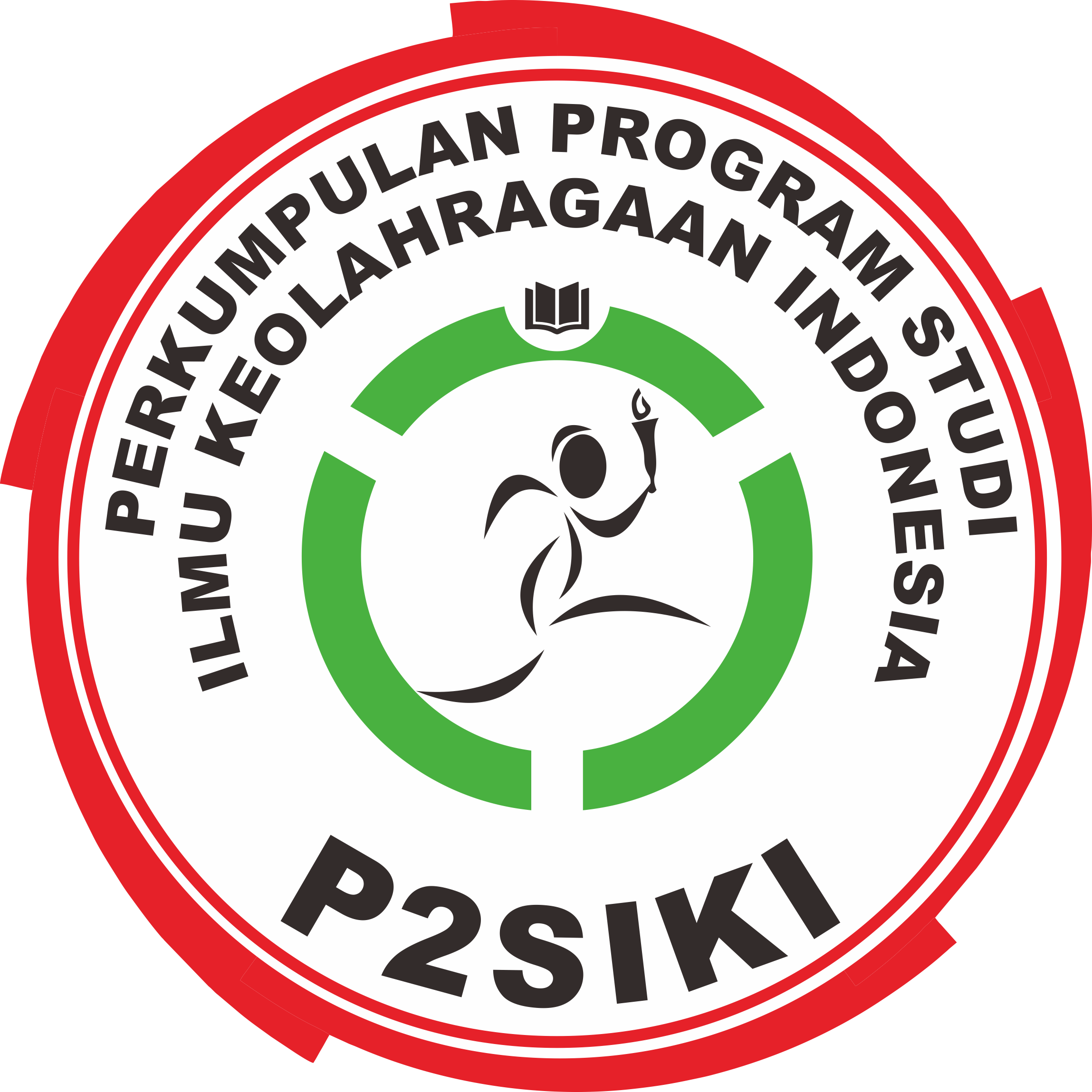Kontribusi Fisiologi Olahraga Mengatasi Resiko Menuju Prestasi Optimal
(1) Jurusan Pendidikan Olahraga dan Kesehatan, Fakultas Ilmu Keolahragaan, Universitas Negeri Padang
Abstract
Keywords
Full Text:
PDFReferences
Astrand PO. Rodahl, 1986. Text Book of Work Physiology : Physio-Logical Basis of Exercise. New york : MC Graw Hill Bool Company.
Bompa TO, 1990. Theory and Methodology of Training : The Key to Athletic Performance. 2nd edition. Iowa : Kendall/Hun Pub . Company.
Costill dl, 1979. Fractinal Utilization of The Aerobic Capacity During Distance Running. Medicine and Science In Sports 5.
Fox EL, Bower RW, foos Ml, 1988. the Physiological Basis Of Physical Education and Athletics, 4th edition. Philadelphia : Saunders College Publishing.
Frank.W.D, 1992. Sport Training Principles. 2nd ED. A&C Block London.
Harsono, 1982. Coaching dan Aspek-Aspek Psikologis dalam Coaching. Jakarta: CV. Tambak Kasuma.
Hakkinen, 1993. Neuromuscular Fatigue and Recovery In Male and Female Athletes During Heavy Resistance Exercise. J Sport med 14.
Harre Dietrich, 1982. Principle of Training. Berlin : Sport Verlag.
Janssen PGJM, 1989. Training Lactate Pulse-Rate. Finland : Polar Electro 0y.
Lehninger,1992. Principles of Biochemistry. Alih bahasa: Maggy Thenawidjaya. Jakarta: Erlangga.
Mc Ardle WD., Katch FI, 1986. Exercise Physiology Energy, Nutrition, and Human Performance: 2 nd edition, PhilaÂdelphia: Les & Febiger.
Murray, 1992. Nutrition for the Marathon an other Endurance Sports. Environt Mental Stress and Dehidration. Vol.24, No.9.
Purba, 2012. Prestasi Puncak Atlet Tercapai dengan Menerapkan Iptek Olahraga, Khususnya Ilmu Faal Olahraga†http://www.unpad.ac.id
TriRustiadi, 2013. Pengertian Fisiologi Olahraga. Welcome to Hardy Jackson’s Blog. http://hardyjackson33.blogspot.com.
Tortora,J.G. 1990. Principles of Anatomy and Physiology.6th.Ed.New York:Harper &Row, Publishers.
Wilmore JH, Costill DL, 1988. Training For Sport and ActivÂity . The Physiological Basis of The Conditioning. Iowa: Wm C Browmn Publishers Dubuque.
Refbacks
- There are currently no refbacks.
Published by:
Department of Sport Science, Universitas Negeri Semarang
Gd. F1 Lt. 1 FIK-UNNES, Jalan Raya Sekaran Gunungpati Semarang Indonesia 50229, Telp/Fax: (024) 8508007
This work is licensed under a Creative Commons Attribution 4.0 International License.




